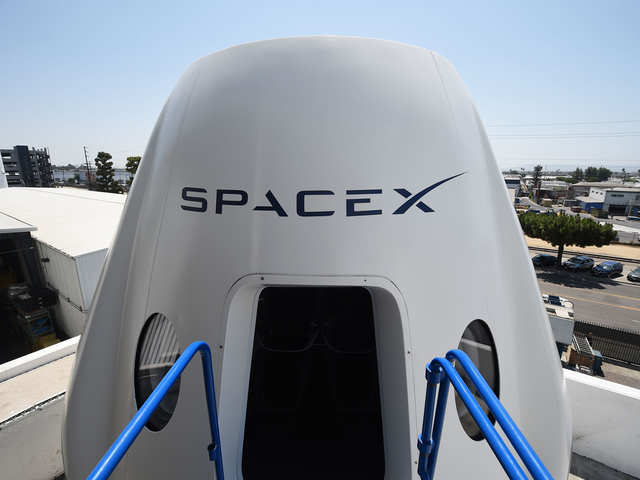SpaceX’s Polaris Dawn mission, led by billionaire Jared Isaacman, aims to achieve several firsts in space exploration, including the first-ever spacewalk by private citizens. Originally scheduled to launch from NASA’s Kennedy Space Center, Florida, the mission faced delays due to unfavorable weather and technical issues, such as a helium leak. Once launched, the mission will be the highest crewed flight since the Apollo era, reaching 870 miles above Earth, deep into the Van Allen radiation belt, a region filled with high-energy particles.
Read More: Pakistan and Türkiye Aim for $5 Billion Trade Goal
Commanding the mission is Isaacman, founder of Shift4 Payments, who has invested heavily in this venture following his $200 million SpaceX Inspiration4 mission in 2021. Joining him are Scott Poteet, a retired U.S. Air Force lieutenant colonel, and SpaceX engineers Sarah Gillis and Anna Menon. Over two years, this all-civilian crew has undergone rigorous training, including skydiving, scuba diving, and summiting a volcano in Ecuador, to prepare for the mission’s demands.
A Leap in Space Exploration and Technology
The core of Polaris Dawn is its groundbreaking spacewalk, marking a first for private citizens. Using newly developed SpaceX EVA suits equipped with advanced mobility, helmet cameras, and heads-up displays, the team will perform the spacewalk on the third day of their mission. Each crew member will spend approximately 15 to 20 minutes outside the spacecraft, an endeavor set to push the boundaries of human spaceflight. This bold step is a testament to the evolving role of private space companies in advancing technology and human exploration.
Besides the spacewalk, the mission also focuses on improving space communication. The crew plans to test laser-based satellite communication with SpaceX’s Starlink satellite constellation, aiming to enhance data transmission speeds in orbit. Additionally, they will conduct nearly 40 scientific experiments, including testing contact lenses embedded with microelectronics to monitor eye pressure changes in space—a critical study for future long-term space travel.
Challenges and Vision: The Path Ahead
The Polaris Dawn mission is the first of three planned missions under the Polaris program, a collaboration between Isaacman and SpaceX. While the current mission is expected to last six days, its success is seen as a stepping stone toward more ambitious goals. The program represents a significant shift in how space missions are funded and executed, highlighting the growing influence of private capital and innovation in space exploration.
Isaacman, already a veteran of space with his 2021 Inspiration4 mission, aims to prove that private citizens can contribute significantly to space science. His leadership reflects a vision of democratizing space access and pushing the frontiers of human capability. Despite the challenges, including the harsh conditions of the Van Allen belt and the complexities of executing a civilian spacewalk, the mission embodies a pioneering spirit that could redefine human spaceflight.
The Future of Civilian Spaceflight
As the Polaris Dawn mission paves the way for non-professional astronauts to venture further into space, it also emphasizes the potential of private initiatives in overcoming traditional barriers. With this mission, SpaceX and Isaacman are not just making history—they are setting a precedent for future space exploration led by private citizens and companies. The mission’s emphasis on scientific research, advanced technology testing, and overcoming the physical challenges of space is indicative of a broader shift toward more inclusive and ambitious space endeavors.
Isaacman’s commitment, along with his team’s dedication and SpaceX’s cutting-edge technology, showcases the potential of private-public partnerships in achieving extraordinary feats. As they prepare for their eventual splashdown off Florida’s coast after six days in orbit, the Polaris Dawn crew stands as a symbol of what can be achieved when ambition meets innovation in the final frontier.














